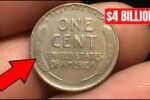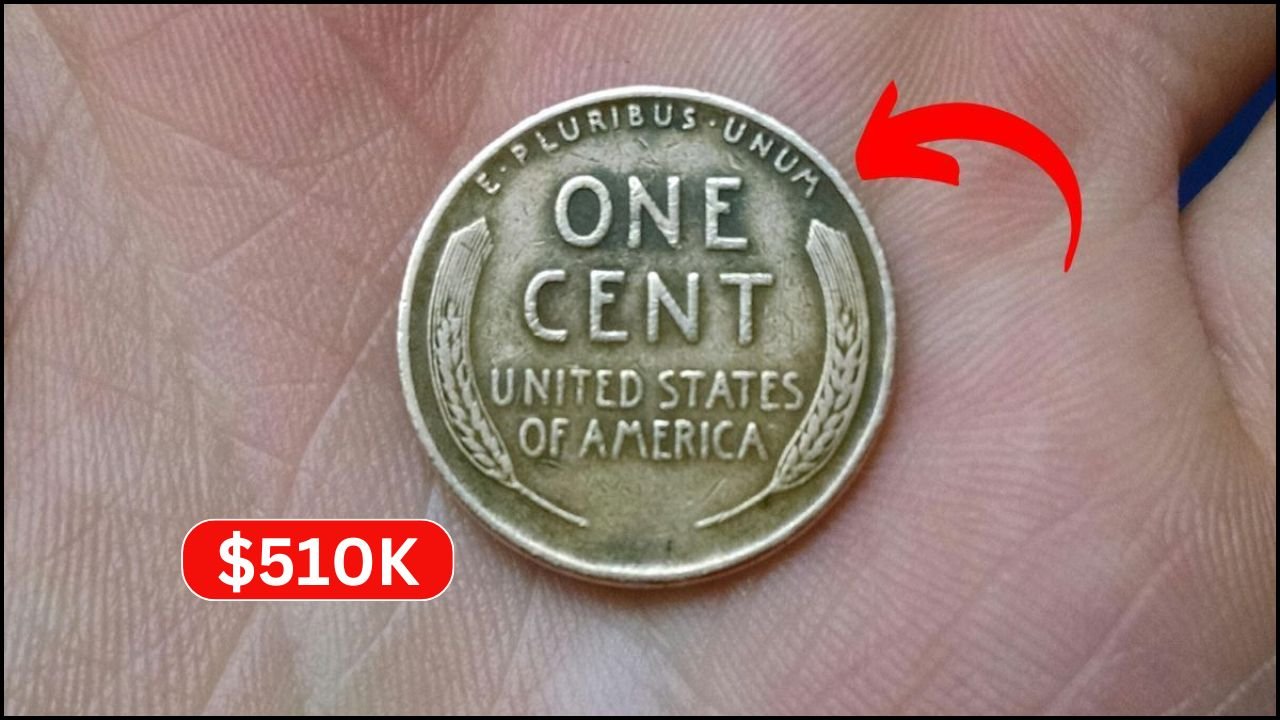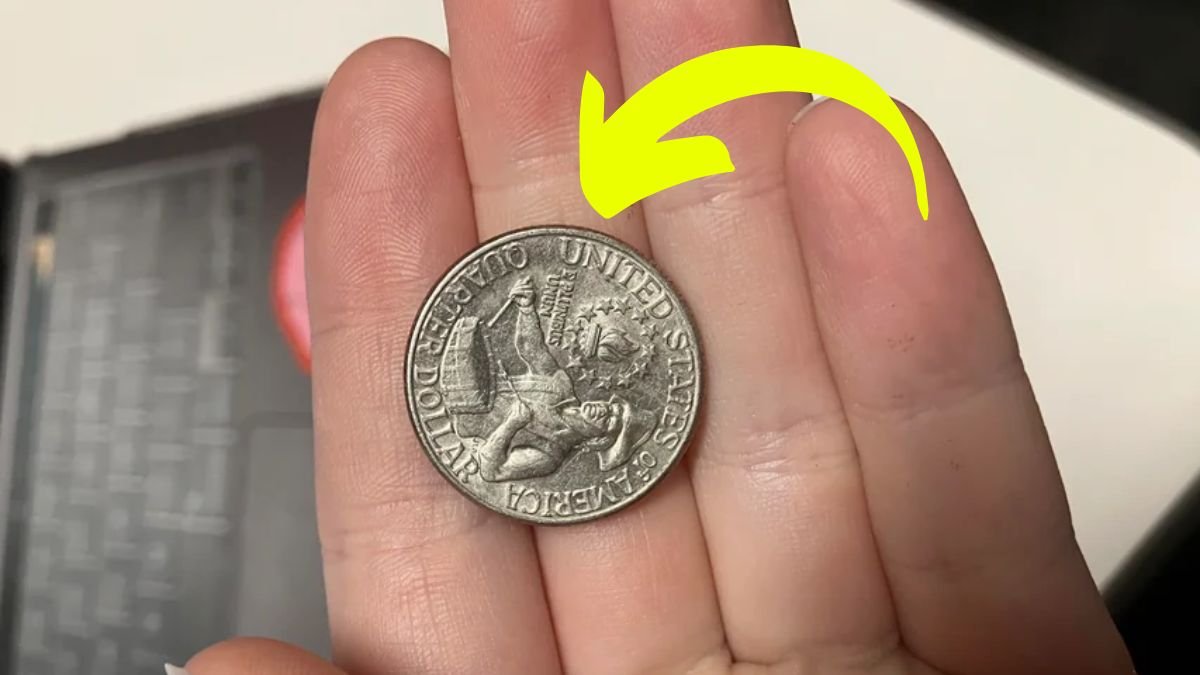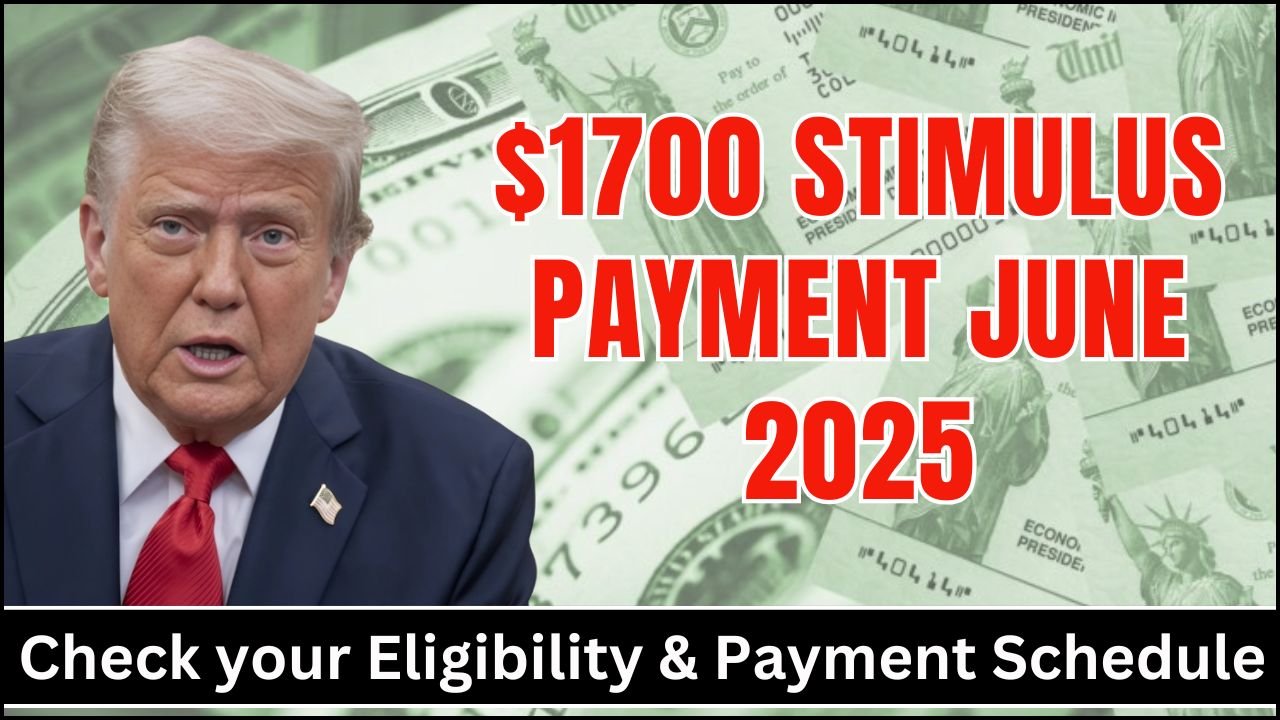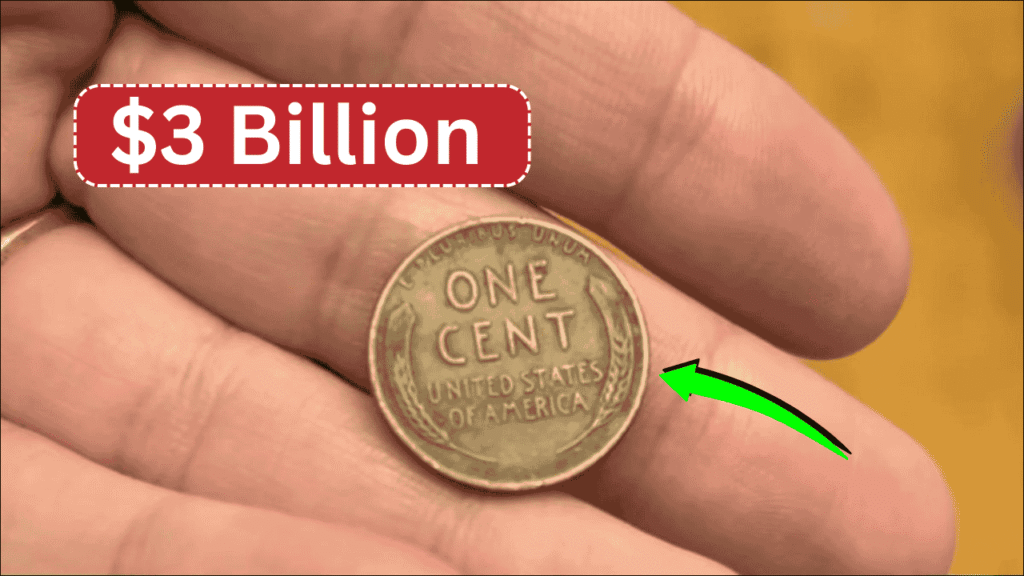
Imagine finding a coin in your pocket worth more than a luxury jet, a private island, or a tech empire — and it’s just a penny. Sounds unreal, doesn’t it? But that’s the mystery swirling around a particular Lincoln Wheat Penny that collectors claim could be worth up to $3 billion.
This story has taken the numismatic world by storm. While the exact identity of the coin remains uncertain, experts and enthusiasts agree: some extremely rare versions of the Lincoln Wheat Penny could fetch prices that defy logic.
The Origins of the Lincoln Wheat Penny
The Lincoln Wheat Penny was first minted in 1909 to celebrate the 100th anniversary of Abraham Lincoln’s birth. It was designed by Victor David Brenner and was the first U.S. coin to feature a real person.
Key Design Features:
- Obverse (front): Profile of Abraham Lincoln
- Reverse (back): Two wheat ears flanking the words “One Cent”
- Mint Years: 1909–1958
- Composition: Initially bronze (95% copper, 5% tin/zinc)
From 1959 onward, the design changed to the Lincoln Memorial. However, the original Wheat Pennies from 1909–1958 have gained significant collector attention, especially those with errors or unusual features.
Overview Table: Lincoln Wheat Penny Highlights
| Feature | Details |
|---|---|
| Years Minted | 1909–1958 |
| Designer | Victor D. Brenner |
| Key Variants | 1909-S VDB, 1943 Copper, 1922 No D, 1955 Double Die |
| Material | Primarily bronze; rare ones may include experimental compositions |
| Estimated Rare Value | Up to $3 Billion (for one alleged specimen) |
| Back Design | Two wheat stalks (1909–1958) |
| Rumored Rarity | Only one known coin; possibly still in circulation |
Why Is One Lincoln Penny Allegedly Worth $3 Billion?
While most Lincoln Wheat Pennies are worth a few cents to a few hundred dollars, rumors of a $3 billion valuation stem from an exceptionally rare or possibly unique error coin.
Here’s what could make it worth that much:
- Material anomaly: Struck on an extremely rare or experimental metal not used in regular production.
- Minting error: A double die, off-center strike, or no mint mark on a year that requires one.
- Historical accident: Coin struck during a secret or unauthorized minting run.
- Collector lore: The coin’s existence is shrouded in mystery, fueling a frenzy among private collectors and investors.
Such coins often have no official record, but like fine art or ancient relics, their myth and uniqueness drive up demand — and price.
How to Identify a Rare Lincoln Wheat Penny
You don’t need to be a professional to spot potential value. Here’s what to examine when you come across old pennies:
| Check | What to Look For |
|---|---|
| Date | Focus on 1909, 1914-D, 1922 No D, 1931-S, 1943 Copper, 1955 Double Die |
| Mint Mark | S (San Francisco), D (Denver), no mark (Philadelphia) |
| Errors | Doubled letters, off-center strike, missing mint mark |
| Metal Type | Use a magnet — 1943 Copper (non-magnetic) is ultra-rare |
| Back Design | Should have two wheat ears (pre-1959) |
Use a magnifying glass or a phone camera to zoom in. A microscopic error could mean a massive payday.
Famous Rare Pennies That Inspire the Hype
Here are some of the most famous and valuable Lincoln Wheat Pennies:
| Penny Variant | Estimated Value | Why It’s Valuable |
|---|---|---|
| 1909-S VDB | Up to $60,000 | Low mintage, initials controversy |
| 1943 Copper Penny | Over $1,000,000 | Minted in copper by mistake during WWII |
| 1955 Double Die | $10,000–$100,000 | Very visible doubling on the date/lettering |
| 1922 No D | Up to $15,000 | Missing mint mark — unusual error |
| 1914-D | $5,000–$13,000 | Low mintage, especially in good condition |
If one penny from this list can fetch over $1 million, the mystery penny could, in theory, command a much higher figure if it’s truly one-of-a-kind.
Where Could the $3 Billion Penny Be?
The most exciting part of the story? This coin might still be in circulation or forgotten in a drawer.
You might find it:
- In your spare change jar
- Inside an old piggy bank
- From a grandparent’s coin stash
- In a garage sale box
- Hidden in junk drawers or storage bins
Because it looks like any other old penny, many people may have overlooked it — or even spent it without knowing.
What to Do If You Find a Rare Wheat Penny
Think you’ve found something special? Here’s how to handle it:
- Don’t clean it – Cleaning can reduce its value.
- Do your research – Compare with online resources or coin forums.
- Visit a professional – Get it checked by a reputable coin dealer or appraiser.
- Get it graded – Services like PCGS or NGC can officially grade and authenticate it.
- Protect it – Use a coin holder or airtight case to prevent further wear.
Your next grocery store change could make you a millionaire — or billionaire.
Short FAQs – Lincoln Wheat Penny Rumored to Be Worth $3 Billion
Q1: Is it really possible for a penny to be worth $3 billion?
A: While it’s not officially verified, collectors believe one ultra-rare Wheat Penny with unique features could command that price.
Q2: Which Lincoln pennies are the most valuable?
A: Look for 1909-S VDB, 1943 Copper, 1955 Double Die, 1922 No D, and 1914-D.
Q3: What makes a penny valuable?
A: Rarity, mint errors, historical context, and condition all impact value.
Q4: Where should I take a rare coin for verification?
A: Visit a certified coin dealer or send it to grading services like PCGS or NGC.
Final Thoughts: A Treasure Hidden in Plain Sight
The idea that a $3 billion penny could still be circulating might sound like folklore, but it’s not impossible. History is full of small objects with big stories — and bigger values.
So the next time you get change from a store or sort through old coins at home, don’t be so quick to dismiss that worn-out penny. Take a closer look. That tiny copper coin could hold a massive fortune, just waiting to be discovered.
🔍 Check your change. Check your drawers. The next big find might be in your hands already.


